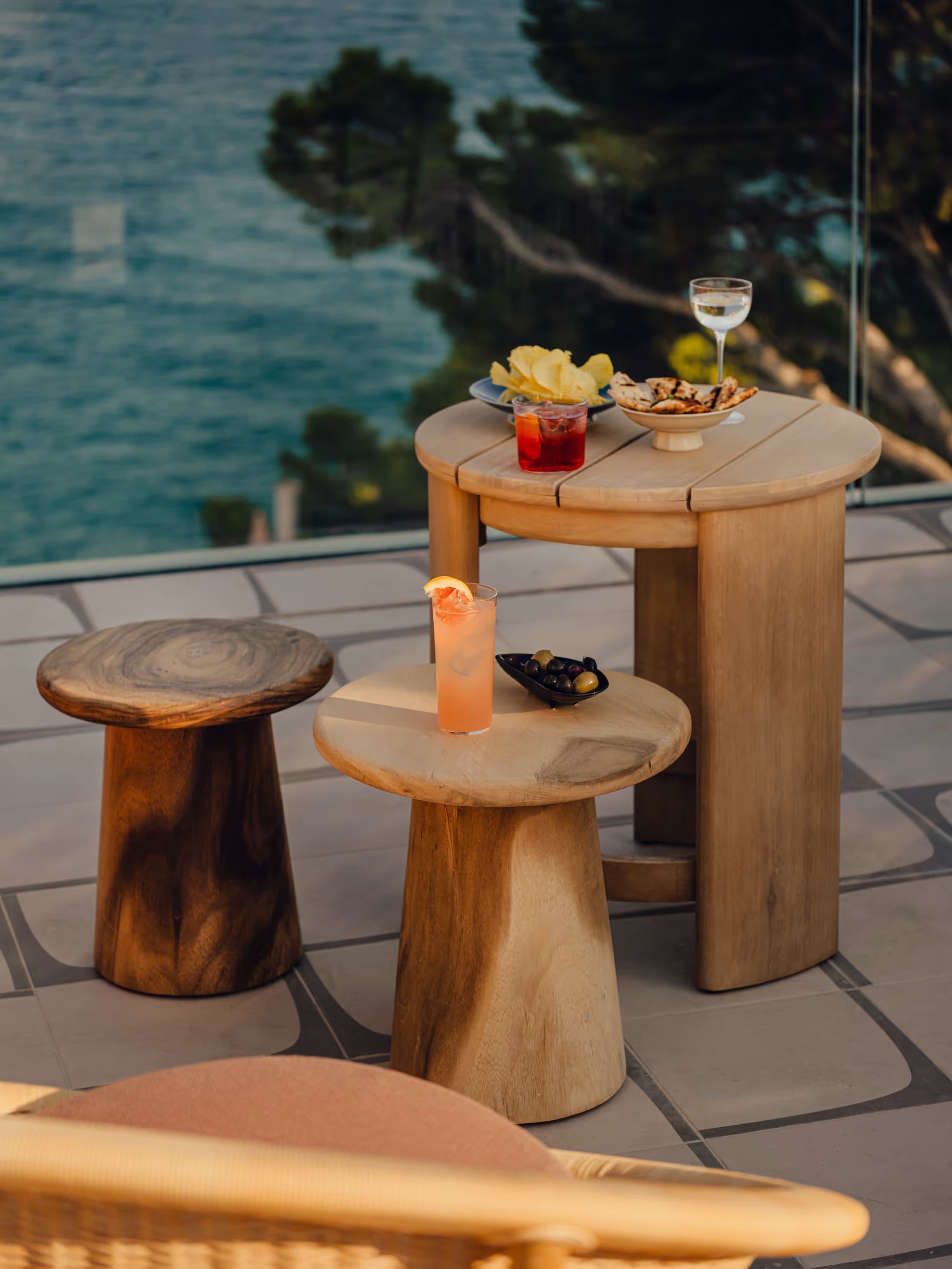This quaint village has had a relatively quiet history which has maintained its character and charm. The most notable event was a battle that occurred in 1302 when Saragano was attacked by Perugia.
According to tales passed down, the Saragano people were strong and clever, putting up a fight against the invaders. In exchange for their departure, they offered the Perugia a calf telling them it was full of gold which they accepted. Though they may have won that battle, they were attacked and conquered by the Todi shortly after.
Eventually, Saragano became part of the district of Gualdo Cattaneo, which is known as the village of Medieval Castles. To this day, three historic churches sit among the hills of Saragano.
In “Chiesa della Madonna delle Grazia” you’ll find a painting of Madonna and child created by Sensini in 1600. “Saint Peter” which was built in Romanesque style featuring frescos of the 15th and 16th centuries.
And “Saint Mary” has its own unique architecture, style and art. The region, including Saragano, has preserved its medieval feel. It has maintained a certain autonomy throughout history, which meant it was untouched by specific historical influences and destruction. The Umbri tribe first arrived in the region in the 6th century BC, where they flourished, expanding and creating several civilized towns.

Later in 90 BC, the people became citizens of Rome until they were invaded by the Barbarians. This was a dark time for the region, which became ravaged by famine and disease. It later became a Papal State in the 13th century and has become famous for St Francis of Assisi, a historical and religious figure.
Additionally, Umbria contains one of the oldest universities in the world, which was founded in 1308.Umbria is a popular destination for tourism because of its extraordinary history, culture and landscape.






.jpeg)
.avif)
